Missing-child case in Jakarta becomes suspected homicide after remains found in Bogor
The discovery of skeletal remains in Tenjo, Bogor, has shifted the eight-month search for six-year-old Alvaro Kiano Nugroho into a criminal investigation, with police conducting forensic tests as conflicting accounts emerge over the death of the boy’s stepfather in custody.
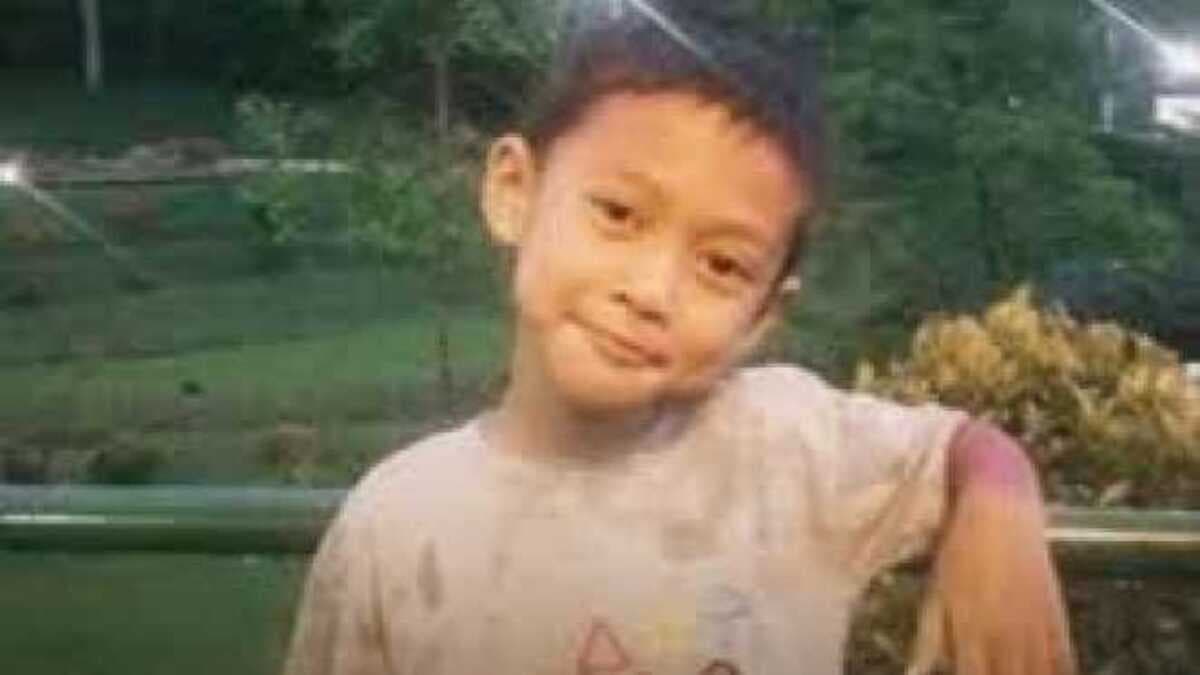
- Six-year-old Alvaro, missing since March 2025, was found dead; a suspect has been arrested.
- The alleged abductor reportedly accompanied Alvaro’s grandfather in search efforts, even traveling to Bogor.
- Police recovered skeletal remains, are conducting DNA tests, and formed a special team to investigate.
The investigation into the disappearance of six-year-old Alvaro Kiano Nugroho has entered a critical phase following the discovery of skeletal remains in Tenjo, Bogor.
According to reports by CNN Indonesia, the remains were recovered near Jembatan Cilalay at Kali Cirewed on 23 November 2025, marking a significant development in an eight-month search for the missing child.
Police have stated that the remains are undergoing forensic examination, including DNA testing and laboratory analysis, to confirm whether they belong to Alvaro.
Kapolres Metro Jakarta Selatan, Kombes Nicolas Lilipaly, told Kumparan that forensic specialists from Polda Metro Jaya’s laboratory will examine bone fragments and other organic traces to establish identity and cause of death.
Alvaro disappeared on 6 March 2025 after leaving home in Pesanggrahan, South Jakarta, to pray at Masjid Jami Al-Muflihun. His family reported that he had left shortly before Maghrib and failed to return.
According to Detik, immediate searches conducted by relatives and neighbours produced no results, and CCTV footage from locations near the mosque proved unusable due to daily overwriting, which investigators later confirmed as a major obstacle.
Over the subsequent weeks, the family continued to retrace the boy’s final movements. They circulated missing-person posters and worked with mosque caretakers, including the marbot who recalled a man asking about Alvaro shortly before the disappearance.
The marbot told Detik that the individual resembled the boy’s father in complexion and height, a detail that later gained significance as police pieced together possible scenarios.
During these early months, the search was marked by dead ends and false leads. ANTARA News reported that family members received numerous calls from individuals claiming to know Alvaro’s whereabouts, many of which led to scams or misinformation. Police urged the public not to exploit the family’s distress and encouraged them to report only verifiable information through official channels.
In mid-2025, the police established a special task force to intensify the investigation. Tempo reported that the team comprised officers from the Pesanggrahan Sector Police, South Jakarta Metro Police, and the Resmob unit of Polda Metro Jaya.
The formation of this integrated unit reflected growing concerns that the child’s disappearance might involve criminal elements rather than an accidental separation.
By late 2025, investigators began focusing on Alvaro’s stepfather after identifying inconsistencies in his statements and movements. CNN Indonesia reported that the stepfather had been named as a suspect in the case.
Family members told reporters that the suspect had previously participated in search efforts, even accompanying relatives to a police station and consulting a shaman. This behaviour, described by the family as “deceptive” in interviews with CNN Indonesia, deepened suspicions about his involvement.
Shortly after being taken into police custody, the stepfather died. According to Indonesian police, Alex Iskandar, the stepfather of Alvaro is suspected to have committed suicide in a “counselling room” at Polres Metro Jakarta Selatan.
His death has raised further questions for investigators seeking to reconstruct the timeline and determine whether others may have been involved.
The discovery of the remains in Bogor has provided investigators with new physical evidence.
According to Radar Tulungagung, the location where the skeletal fragments were found indicated deliberate disposal rather than an accidental event.
The remains were discovered in a secluded section of the river, prompting a more exhaustive search of the surrounding terrain by the joint police task force.
Alvaro’s mother, Arumi, who had been working in Malaysia at the time, returned to Jakarta after learning of the discovery.
Detik reported that she is expected to assist forensic authorities with DNA sampling to confirm the identity of the remains. Her arrival has brought renewed emotional intensity to a case that has drawn extensive national attention and public sympathy since March.
The investigative timeline assembled from Indonesian media sources presents a stark sequence of events. The boy vanished on 6 March. Within days, the family and community conducted informal searches. By April, police began identifying investigative constraints, including the loss of CCTV footage.
Throughout mid-2025, the special task force followed various leads, some of which centred on individuals present near the mosque on the evening of the disappearance.
By late November, the stepfather had been named as a suspect, detained, and later reported dead in custody. The discovery of skeletal remains shortly thereafter has turned a missing-person case into a potential homicide investigation.
Police have not yet announced the suspected motive or whether further suspects are being pursued. Officers from Polda Metro Jaya have indicated that the forensic process will guide subsequent investigative steps.
They have also reiterated the importance of allowing the laboratory examinations to proceed without speculation, noting that childhood skeletal identification requires precise scientific validation.
For the family, the search for truth continues. Alvaro’s grandfather, Tugimin, expressed hope in interviews with Detik that the DNA results will provide clarity after months dominated by uncertainty. His comments reflect a mixture of grief and determination that has characterised the family’s public stance throughout the investigation.
As officers sift through new evidence and revisit earlier statements, the case has renewed broader discussions in Jakarta about child safety, the reliability of local surveillance systems, and the need for rapid preservation of digital evidence in missing-child incidents.
The inability to access early CCTV recordings, highlighted repeatedly by ANTARA, has been cited as a systemic weakness requiring urgent infrastructural upgrades.

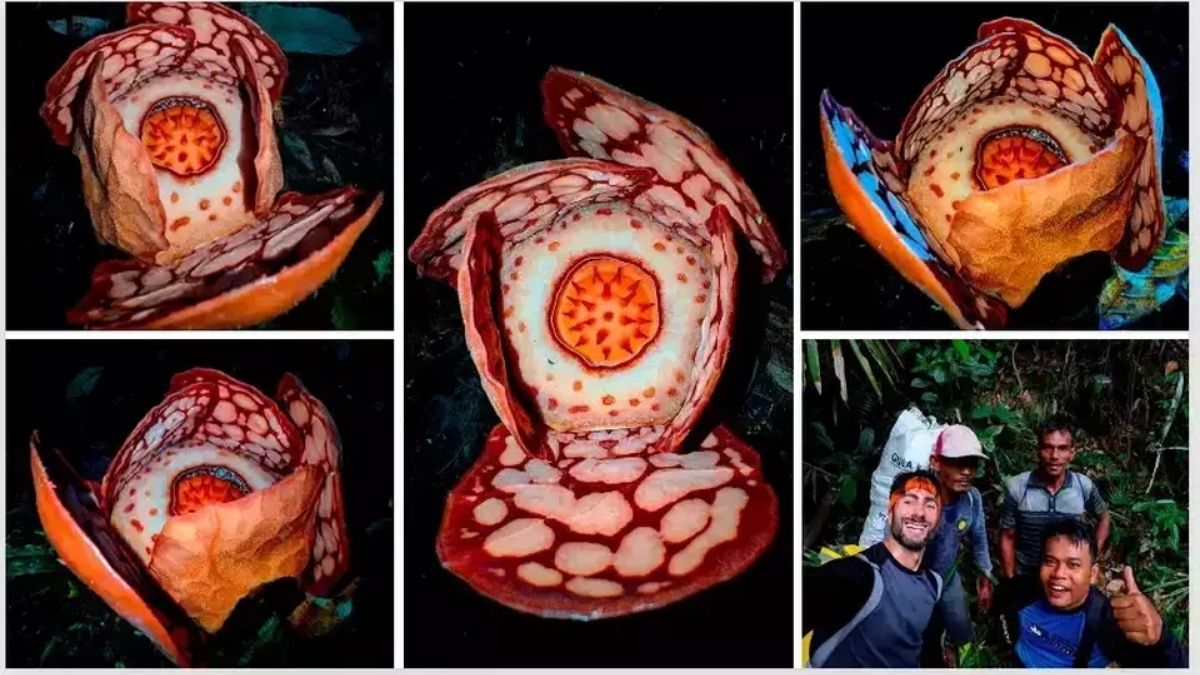
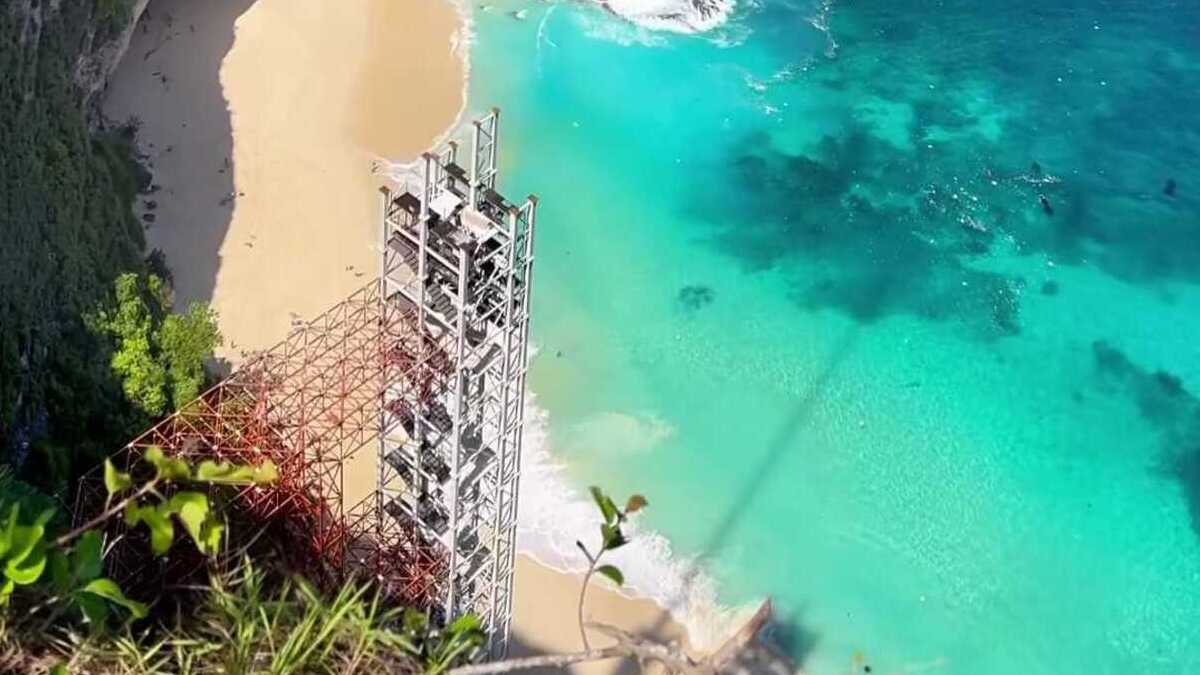
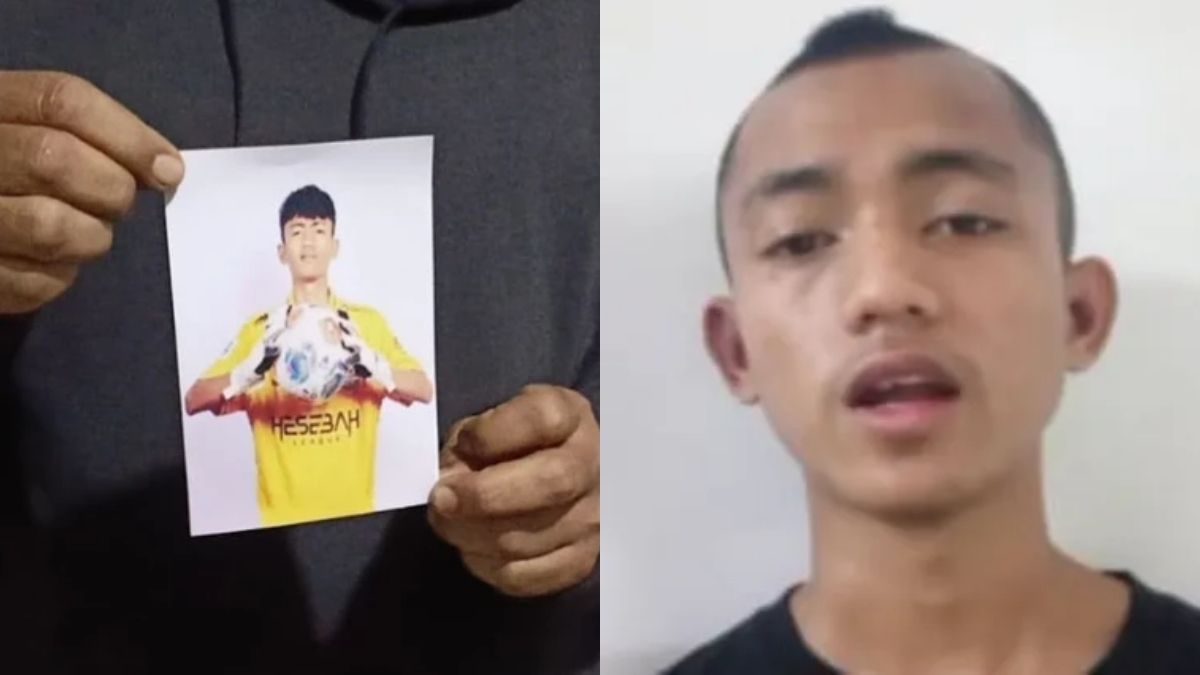

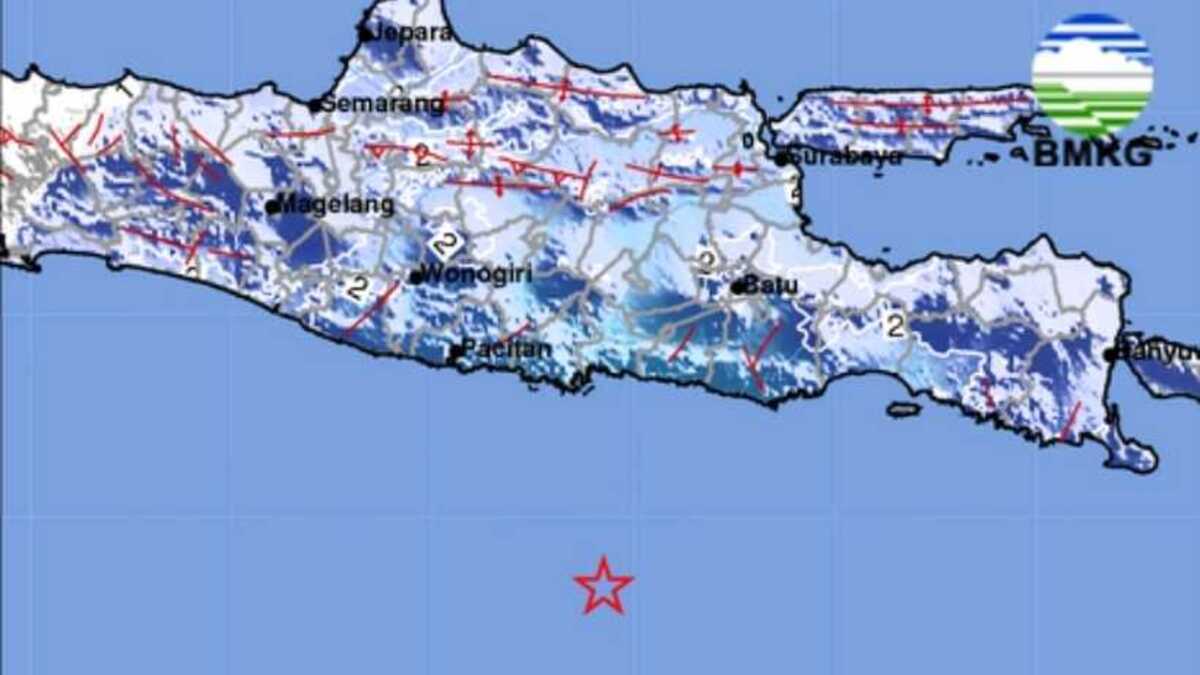
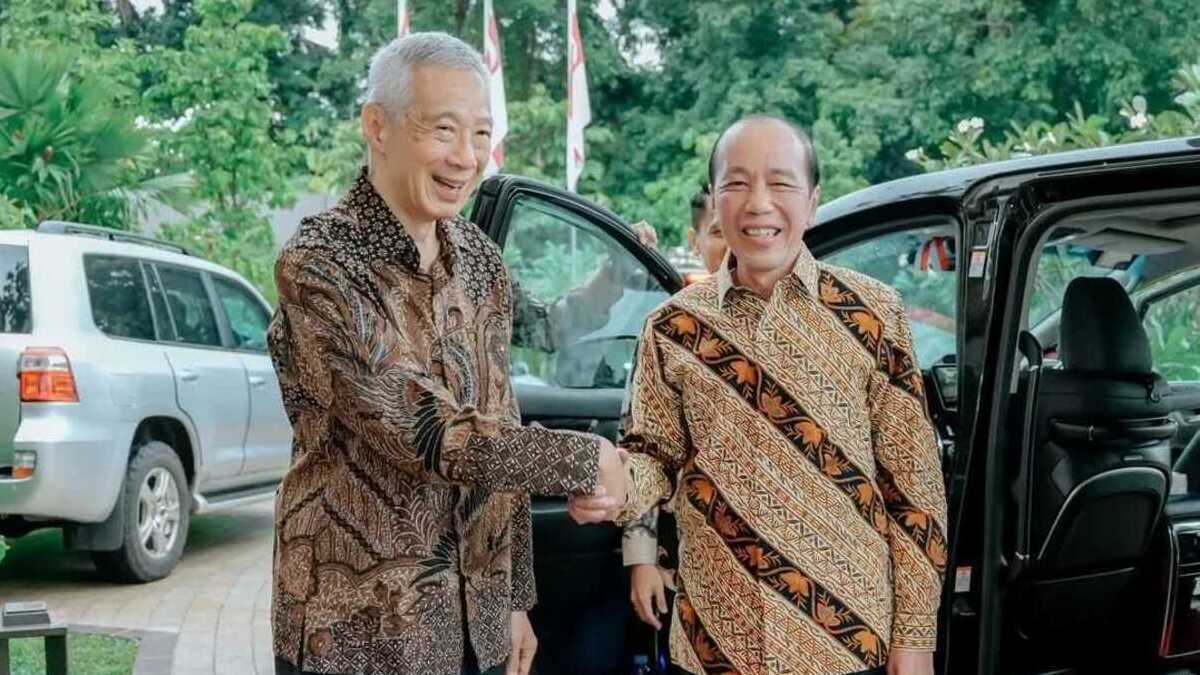
0 Comments